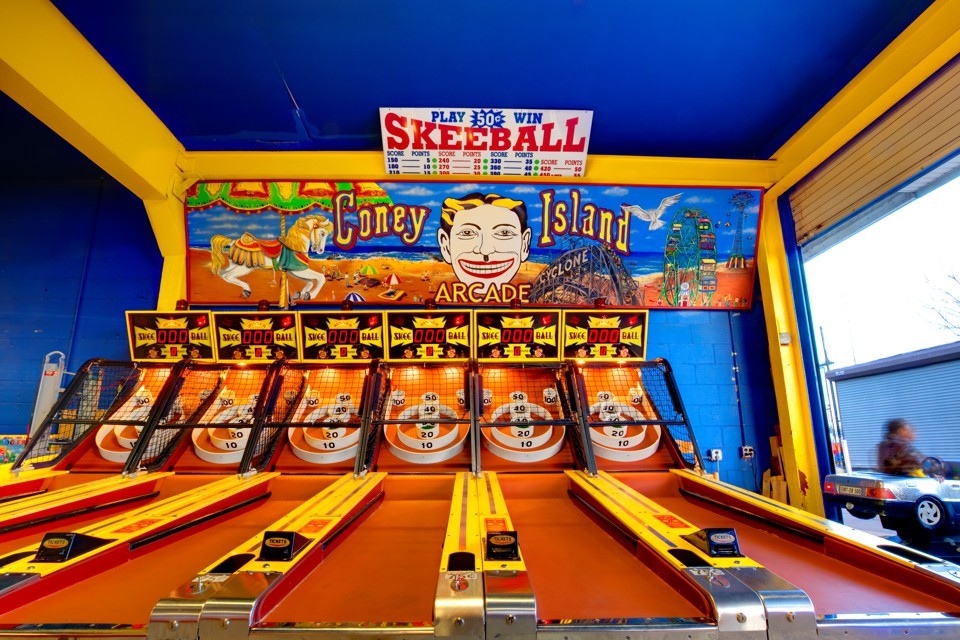
Why Skee-Ball Doesn’t Change
Skee-ball has survived so long not because it is special, but because it is ordinary.

Why Skee-Ball Doesn’t Change
Skee-ball has survived so long not because it is special, but because it is ordinary.

Tar Balls, the Beach’s Fossil-Fuel Flowers
Is there a difference between tar balls that originate from natural seeps versus ones that originate from spills? It depends.

The Toxic-Waste Drum Is Everywhere
Even today, more than a century after its invention, the drum remains as integral to chemical manufacturing as it ever was. And yet, as the go-to strategy for waste management, it is a technology that ought to have been abandoned by now, relegated instead to the stuff of kitsch collectibles and candies.

Three Millennia of Safety Pins
As a tiny object of dissent, the safety pin has returned to its punk-rock roots as a symbol of opposition. The safety pin’s origins as a fibula highlight class differences, but its current use to signify solidarity emphasizes support for marginalized communities. The safety pin has always offered a way to hold clothing together. Now it transcends that utility, promising to hold people together too.

When Typists Were Feared as ‘Love Pirates’
What is most interesting about the love pirate and the enabling wife is that they both perpetuate the same mythology: Women are guilty, some of wanting too much and some of not doing enough.

There’s No Erasing the Chalkboard
By the end of the 1990s, whiteboards outsold chalkboards by a margin of up to four to one. Even digital whiteboards—computerized display boards with interactive features—outsold chalkboards by the turn of the millennium. Since then, chalkboards have all but disappeared from schools. Why, then, do they remain such potent symbols for education? Perhaps it’s because of what they represent: the idea of stable knowledge in a rapidly changing digital age.

The Global Cost of Electronic Waste
Electronics have always produced waste, but the quantity and speed of discard has increased rapidly in recent years. There was a time when households would keep televisions for more than a decade. But thanks to changes in technology and consumer demand, there is hardly any device now that persists for more than a couple of years in the hands of the original owner.
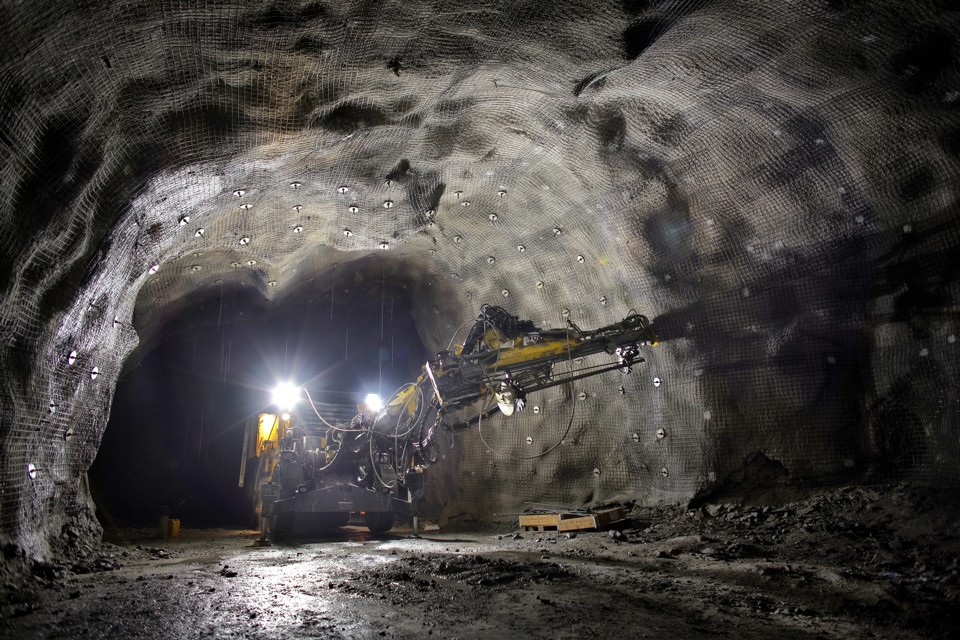
A Trip to a Swedish Town That’s Being Completely Relocated
One day, the iron below Kiruna will be exhausted, or else too costly to access. The town will not have to move again; it will sit there, abandoned, like the outposts of so many frontiers.
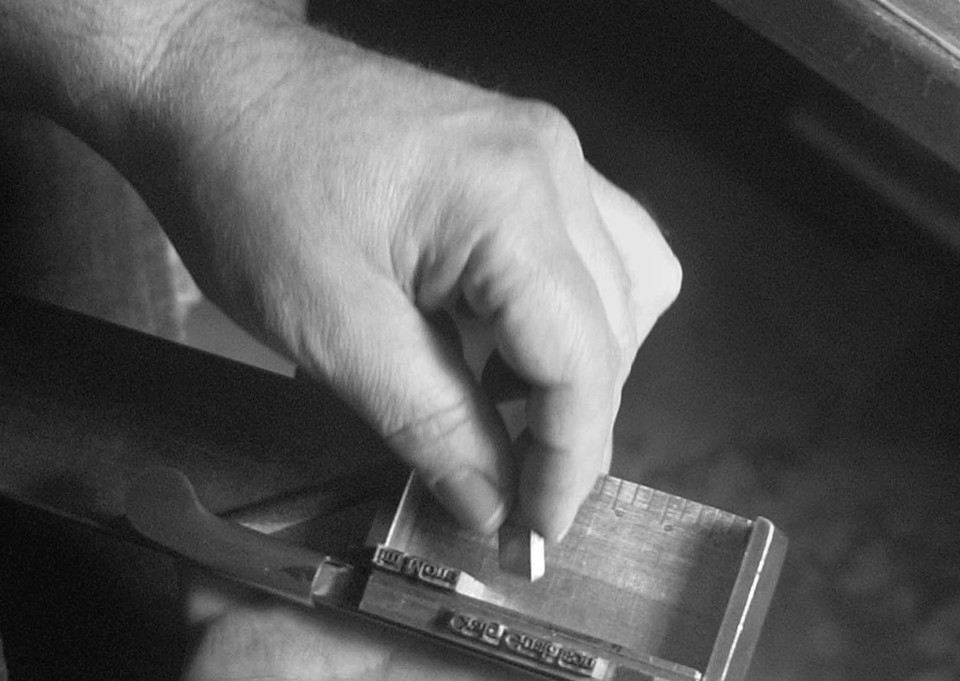
How I Came to Love the En Space
Long before minimalism exalted the aesthetic and commercial value of blank space, the ordinary folk who operated printers held it in their hands, in the form of en spaces, leading strips, and the wedges of metal that hung off kerned glyphs. It didn’t take a turtleneck to see why blank space can be moving.
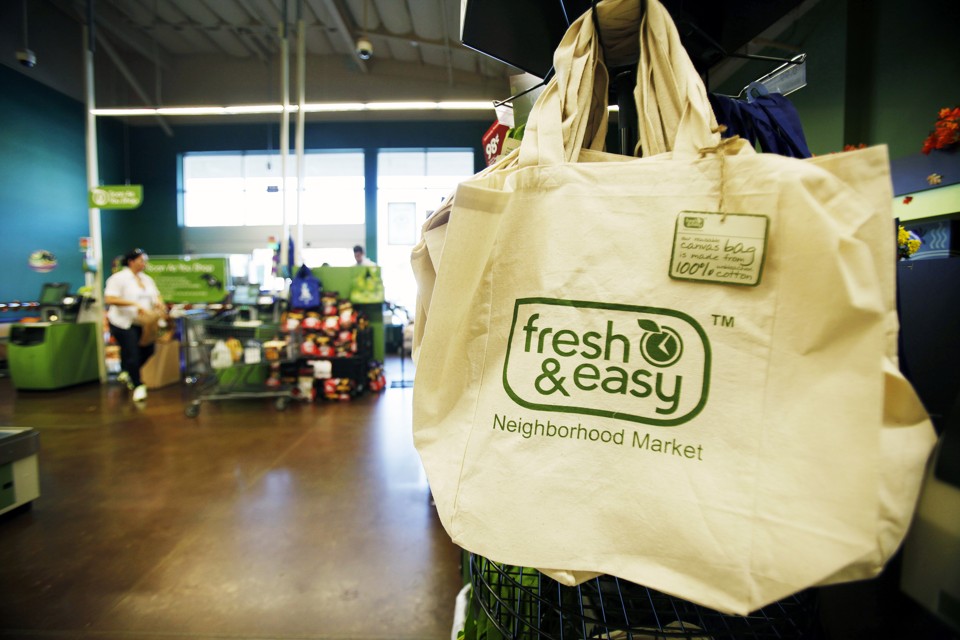
Are Tote Bags Really Good for the Environment?
Like plastic sacks, tote bags, too, now seem essentially unending. Because of their ubiquity, tote bags that have been used very little (or not at all) can be found piled on curbs, tossed in trashcans in city parks, in dumpsters, everywhere. Their abundance encourages consumers to see them as disposable, defeating their very purpose.
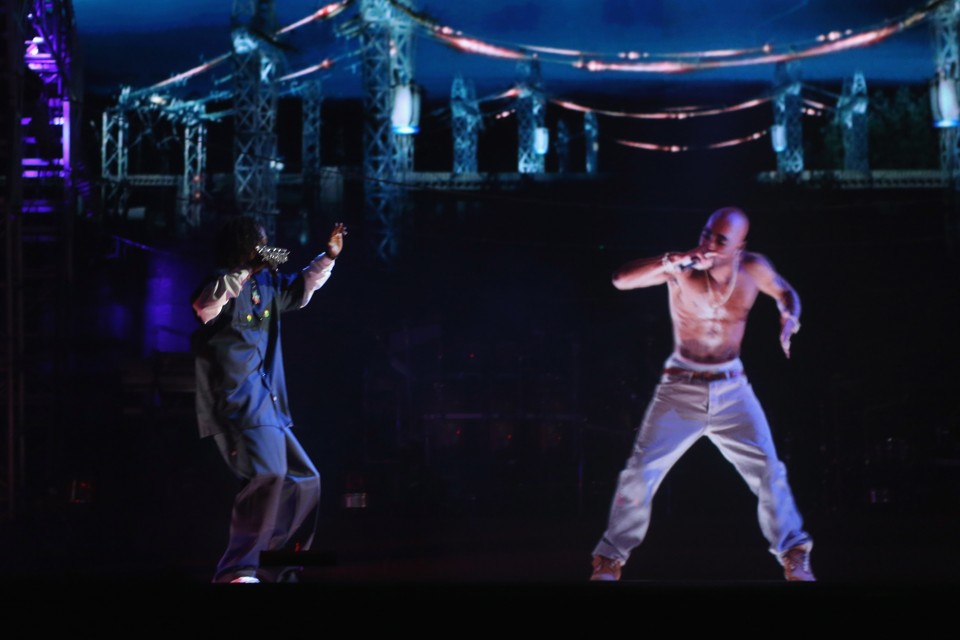
Going ‘Full Tupac’
Simultaneously here and gone, holograms are stand-ins for all things virtual, harbingers of a “mixed reality” in which the real and the simulated have been integrated seamlessly. Highly hyped future products such as Magic Leap andMicrosoft HoloLens hope to holographically enhance ordinary life, promising a revolution in communication, gaming, home improvement, engineering, design, and art making—an “internet of experiences” that will displace the current information-dependent culture. In reality, however, holograms have mostly been gaudy stunts that reveal people’s anxiety about technological presence.

Sipping Scotch Chilled by an Iceberg
Here I was at the end of the world, one of my biggest-bucket list items crossed off with a flourish. I desperately wanted this moment of decadence to resonate in some sort of life-changing way. Yet the warmth of a Highland single malt on my tongue, tempered by the ice, was nothing more than a pleasant, prosaic experience. That’s not a bad aspiration for all human relationships with the globe’s glaciers: ordinary objects that remain familiar even though far away, rather than becoming exceptional by means of their destruction.

The Hearing Aid’s Pursuit of Invisibility
That the hard of hearing should feel compelled to disguise their impairment with an invisible technology says a lot about how hearing loss is stigmatized. Invisibility is a popular selling point for hearing aids. At all costs, it seems, the technology must be contoured and fitted into the intricate parts of the ear rather than exposed for the world to see. The shame of mishearing, the embarrassment when the hearing aid “whistles,” the listening but not communicating—all of this threatens vanity, because deafness is still confused with understanding.

A Century of Highway Zombies
Today, highway hypnotism has fallen from the public eye, but its rise in the 1950s reveals the anxious convulsions that shook new infrastructure that promised to make citizens freer, safer, and more comfortable.
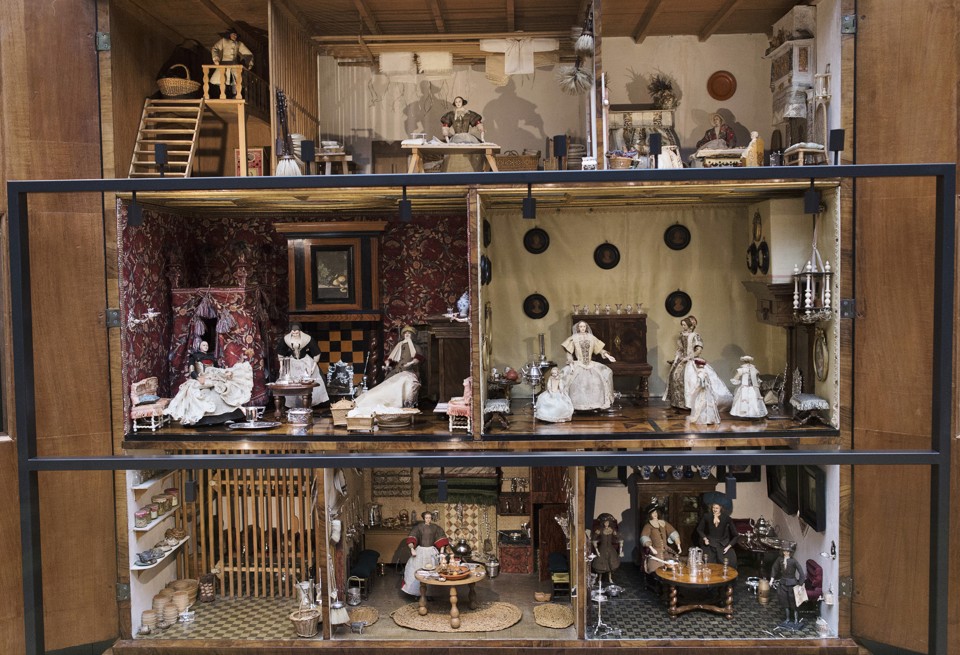
Dollhouses Weren’t Invented for Play
Dollhouses are both private and public. A dollhouse may live in our house or in a museum or online. People might sit down in front of a dollhouse, swing open its walls, remove its roof, and disappear alone inside. Or they might gather with a group of visitors at a museum and admire a dollhouse behind glass. The motto of the National Association of Miniature Enthusiasts is: “Only through sharing can we really enjoy our treasures.”
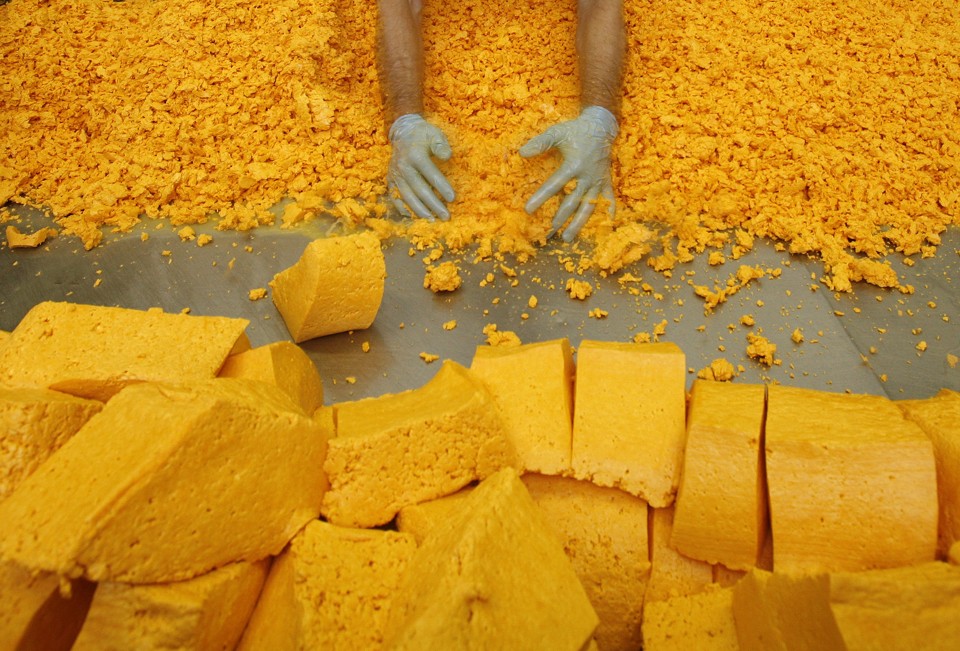
How Real Cheese Made Its Comeback
Americans once prioritized affordability and convenience in food. But today, more consumers are embracing complex taste and purity of product, not to mention taking the environmental impact of their food choices into account—and they are willing to pay a higher price for the privilege. Cheese is a macrocosm of this trend.
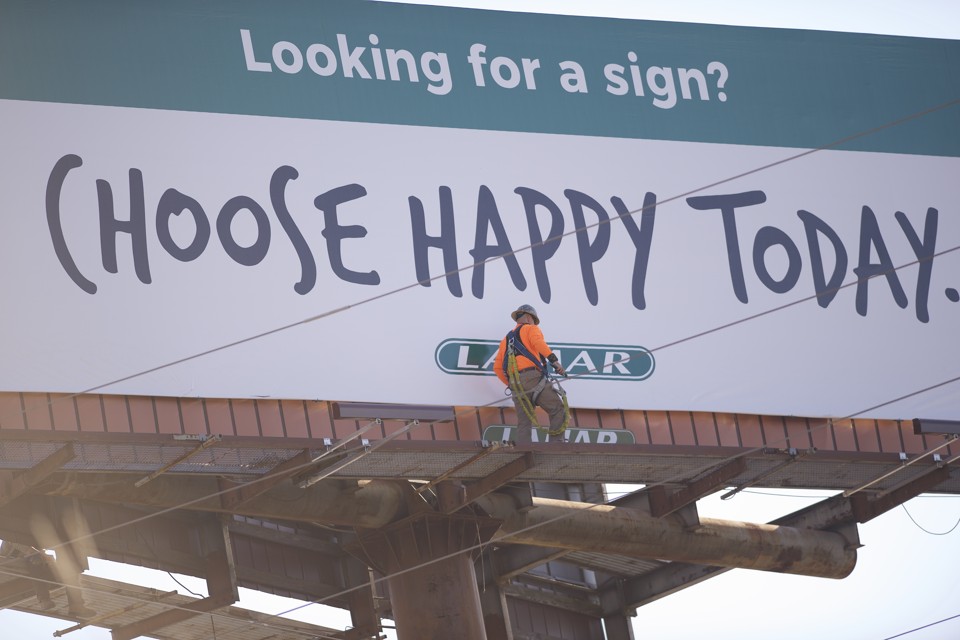
The Call of the Billboard
Billboards normally call humans to commerce rather than insects to death. But their usual work often goes as unnoticed to people as to mosquitos. Billboards are so common it can be easy to stop seeing them entirely—until the draw of the products they depict appears later.

Why Attack Airports?
Throughout the twentieth century and up to now, airports have been stages for displays of excessive power, and their corollary dangers. What makes airports popular targets for violent spectacles?

Why Flash Drives Are Still Everywhere
The flash drive exposes the great lie of technological progress, which is the idea that things are ever really left behind.

The Military Origins of the Cardigan
Cardigan sweaters are the workhorses of the apparel family: so ubiquitous it’s easy to forget that they didn’t always exist. But they come with a vivid—and fierce—historical provenance.